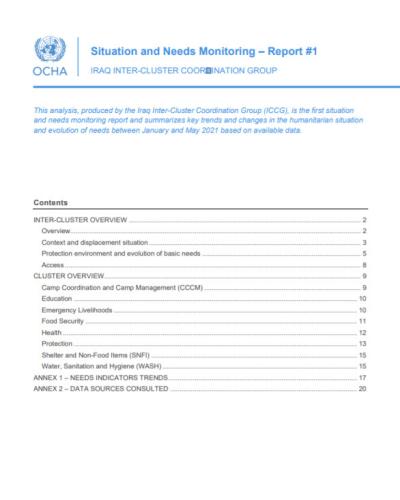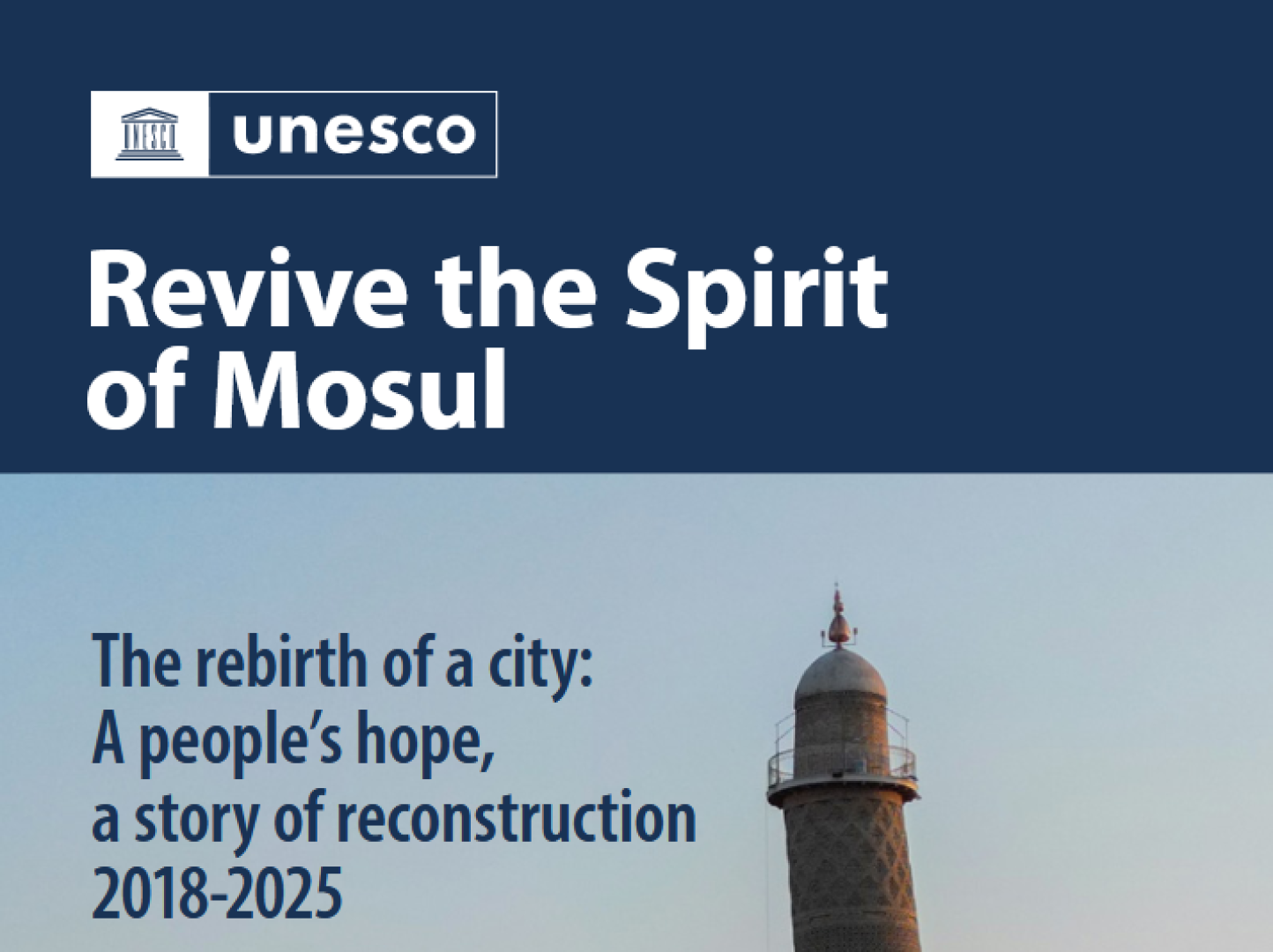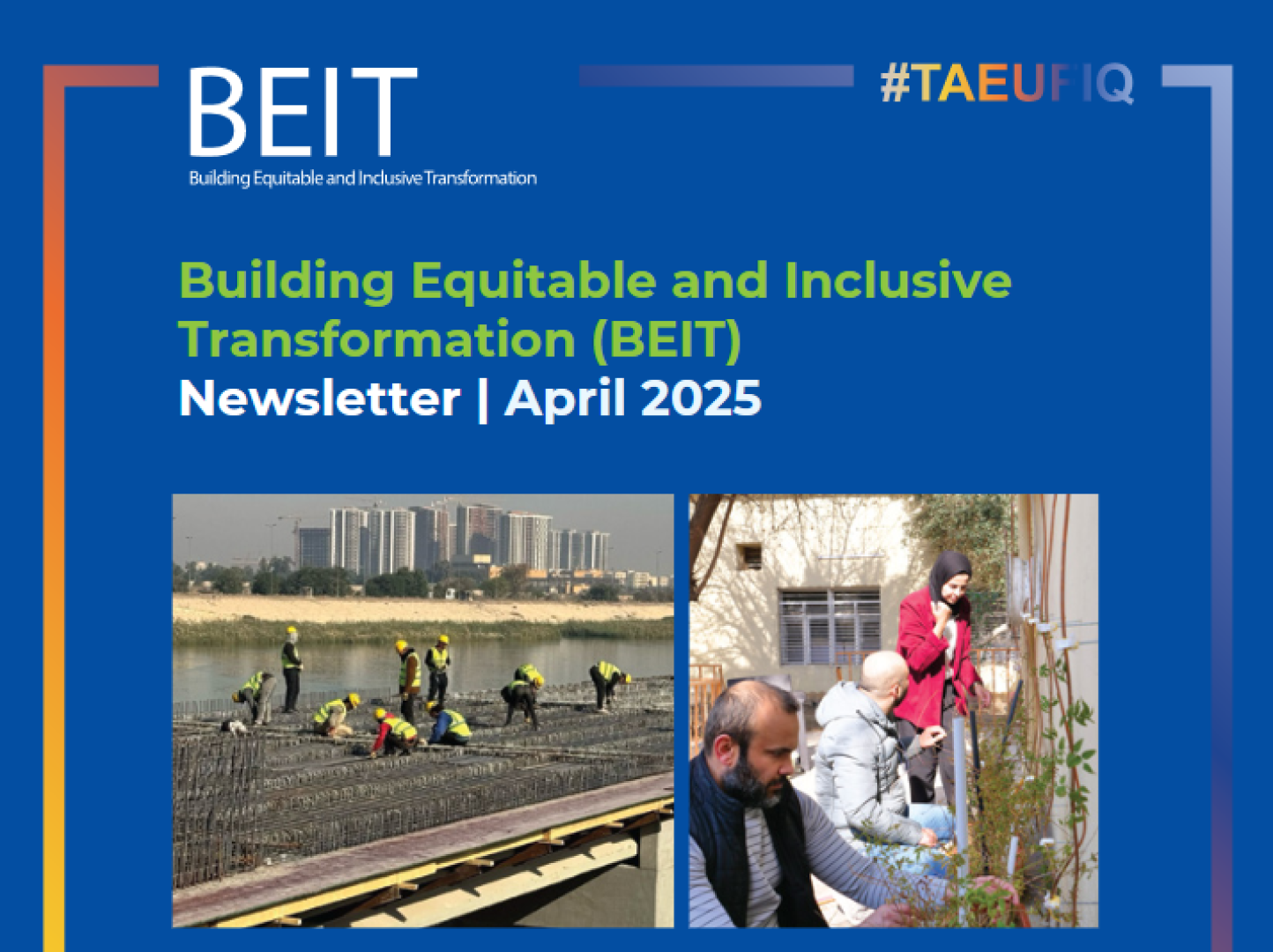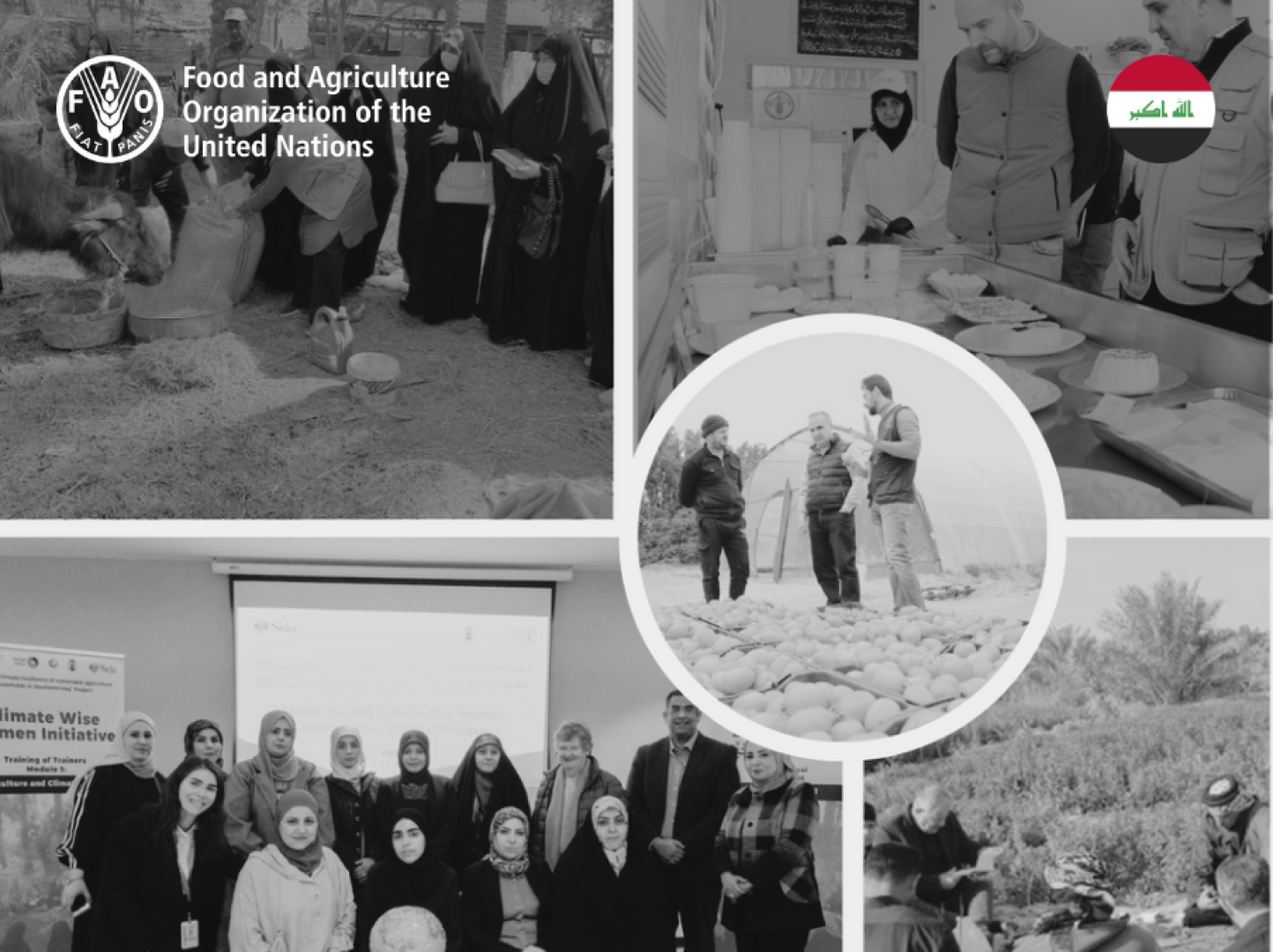Iraq Inter-Cluster Coordination Group: Situation and needs monitoring – Report #1 | UN OCHA

This analysis, produced by the Iraq Inter-Cluster Coordination Group (ICCG), is the first situation and needs monitoring report and summarizes key trends and changes in the humanitarian situation and evolution of needs between January and May 2021 based on available data.
INTER-CLUSTER OVERVIEW
The inter-cluster overview is prepared based on key inter-sectoral indicators discussed and agreed by the ICCG, for which trends and original data sources are presented in the online dashboard here.
Overview
During the first five months of 2021, Iraq witnessed no major shocks which could have significantly impacted the scale or scope of humanitarian needs in the country. However, the effects of camp closures and COVID-19, which at the time of the development of the 2021 Humanitarian Needs Overview (HNO) were still ongoing and yet to be fully assessed, are now better understood, and have to some degree stabilized. In addition, the Iraqi currency devaluation and dry weather conditions are being monitored for potential humanitarian impact.
The government-led camp closures between October 2020 and January 2021 have had an impact on the scale and scope of humanitarian needs. Most notably, the need for camp services has been reduced significantly, with the closure or consolidation of all but two camps in federal Iraq. As people left camps and ended up in either out-of-camp displacement locations or in areas of return, many of which were not yet ready to sustain significant returns, their humanitarian needs have shifted and, in some cases, increased. This has manifested in increased exposure to protection risks of communities who left camps unexpectedly, some without core documentation; increased difficulty accessing some services, including health care, in out-of-camp locations, and limited livelihood opportunities in the new areas of displacement or return; as well as different shelter/NFI needs, with a slight increase in the number of people living in critical shelters in out-of-camp and return locations.
The economic impact of COVID-19, which led to large scale loss of livelihoods and income, was at its height during the time of data collection for the 2021 HNO. While the situation is ongoing and continued monitoring is paramount, indications are that the economic impact on some of the most vulnerable groups in Iraq, among them IDPs and returnees, has started to stabilize. Some of the temporary job-losses have been regained and food insecurity has started to improve and use of negative coping mechanisms to meet food needs has begun to decrease. Meanwhile, the devaluation of the local currency and the impact on local prices has the potential to impact humanitarian needs as well and is continuously being monitored by humanitarian partners, through the Cash Working Group (CWG). The initial increase in prices on basic commodities, included in the Survival Minimum Expenditure Basket (SMEB) has since begun to stabilize, but remain higher than at the end of 2020. Should the price of the SMEB increase by more than 20 per cent of its current value, partners will consider adjusting the transfer value of multi-purpose cash interventions to avoid erosion of the purchasing power of those most vulnerable.
The dry weather conditions present another potential risk going forward, which could have destabilizing impact on already vulnerable communities, who rely on rainfed agriculture for their food and livelihood sources and who may not be able to absorb potential commodity price increases. If the situation continues, the dry weather and reduced water supplies could impact the food security, livelihoods, and access to water of already vulnerable populations, primarily of communities residing in Ninewa, Duhok, western Erbil, western Kirkuk and northern Salah Al-Din, which recorded up to 40 per cent below normal precipitation. According to FAO estimates, Ninewa could experience more than 70 per cent reduction in wheat production and almost complete loss in barley production, while areas in KRI could expect up to 50 per cent reduction in wheat production. In Diyala, Kirkuk and Salah Al-Din, the risk of severe water shortages is compounded by land disputes, competing claims on water and heavily damaged infrastructure from past conflicts.
In addition to food insecurity, the decrease in water supply could lead to increased cost of water, which in turn could lead to poorer hygiene practices with negative health outcomes. According to The Directorate of Health (DoH) in Sulaymaniyah, the number of diarrhea cases has tripled this year compared to the same period last year, largely due to poor sanitary conditions and limited access to clean water and sanitation. The DoH issued an alert check in early June 2021 about the increased risk of cholera particularly due to the water shortage. Humanitarian partners are monitoring the situation, with a view to taking action should humanitarian needs manifest.
Overall, many of the contributing factors to humanitarian needs relate to progress on finding durable solutions to displaced communities, and therefore would require interventions in the medium- to long-term from other actors, including the government, as well as development and durable solutions actors. Other risks, which could increase the vulnerabilities of the IDP and returnee communities are to a large extent related to fragile livelihoods and income sources, which have a disproportionate impact on people who are already vulnerable and struggling to meet their basic needs and access basic evidence, as the impact of COVID-19 demonstrated in 2020.
- UN Office for the Coordination of Humanitarian Affairs
- To learn more about OCHA's activities, please visit https://www.unocha.org/.




